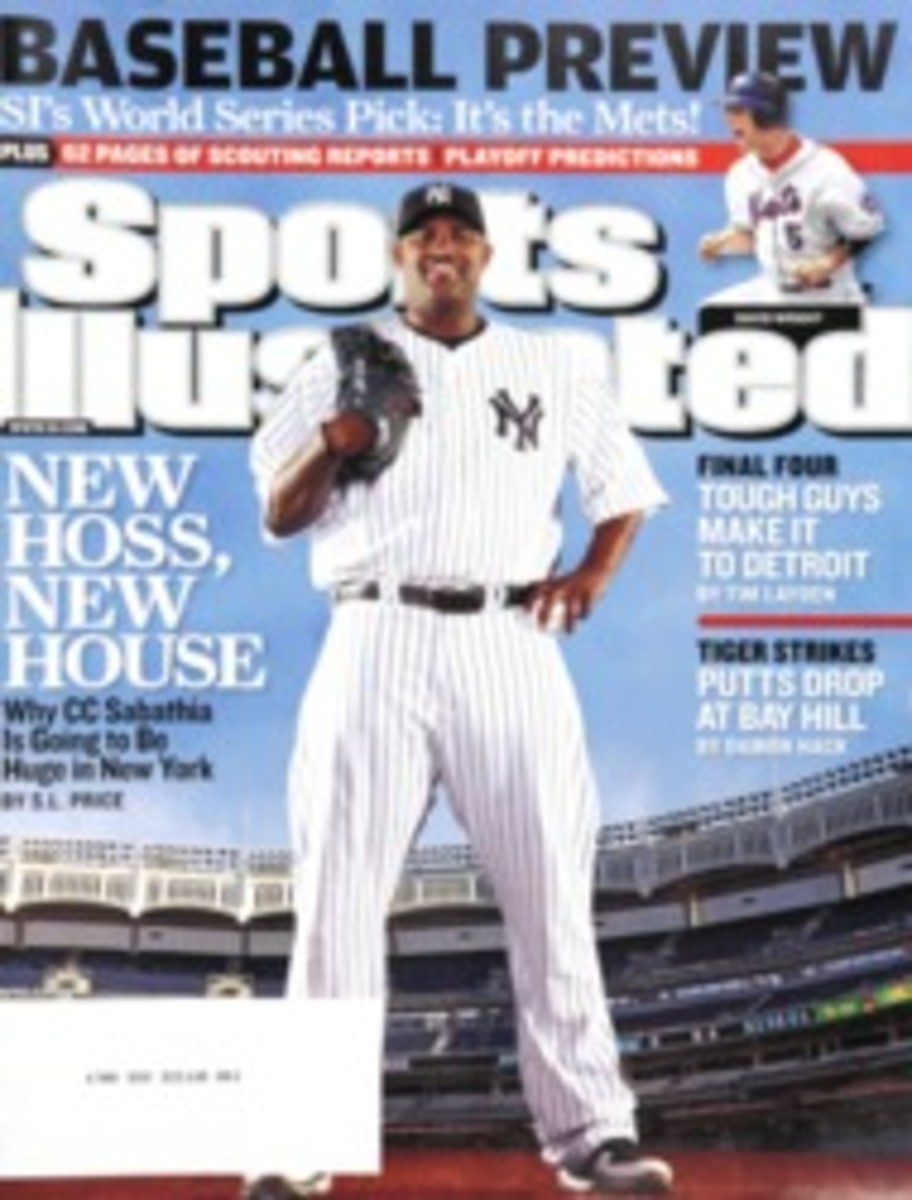
NCAA Approved
PERHAPS DUKE'S Gerald Henderson wouldn't have shot 1 for 14 from the field in the Blue Devils' regional semifinal loss to Villanova at Boston's Garden if he'd been inspired by a visual reminder of the NBA title his father helped win for the Celtics in 1984. But that championship banner had been removed, and even the famed Boston parquet was missing, swapped out for a pale maple court emblazoned with the NCAA logo. "It is a big deal—we're proud of our history," says Garden president John Wentzell. "But the NCAA documents their expectations in advance, so we went into it with our eyes open."
The NCAA mandates a standardized look at tournament venues, partly to achieve a consistent competition experience but also to keep focus on its corporate partners. Wentzell says that in addition to stripping any sign of Celtics history, his crews also had to hide all ads within typical TV camera sight lines. (Spectators on press row at all of this year's venues, incidentally, had to drink from cups bearing a Vitaminwater logo. Coca-Cola, which owns Vitaminwater, is a tournament sponsor.) Greensboro, N.C., which held first- and second-round games in its Coliseum, is America's official Tournament Town—no, really, the name is trademarked—but instead of the blue-and-green court upon which scores of ACC men's basketball tournament games have been played, the Coliseum was one of four first-week sites that installed the NCAA court, at a reported cost of approximately $90,000. Some fans were peeved, including one from Ohio who e-mailed arena management to say it was a "shame" that "anyone watching [on TV] ... wouldn't even notice Greensboro was a host."
Of course for the cities, such anonymity is a small price to pay for the economic benefits of the tournament. Greensboro, which hosted Tobacco Road giants Duke and North Carolina, says it took in nearly $20 million in direct spending (on hotels, restaurants, retail products, etc.) during that first weekend; regional sites more typically make about $7.5 million. The Final Four site, Detroit, expects at least 30,000 out-of-town visitors and a much-needed windfall: According to direct-spending estimates, the most recent Final Four cities—St. Louis, Indianapolis, Atlanta and San Antonio—have each reaped between $40 million and $47 million.
$90,000
Cost to install an NCAA court at tournament venues
$45 million
Local revenue generated at recent Final Four sites
PHOTO

